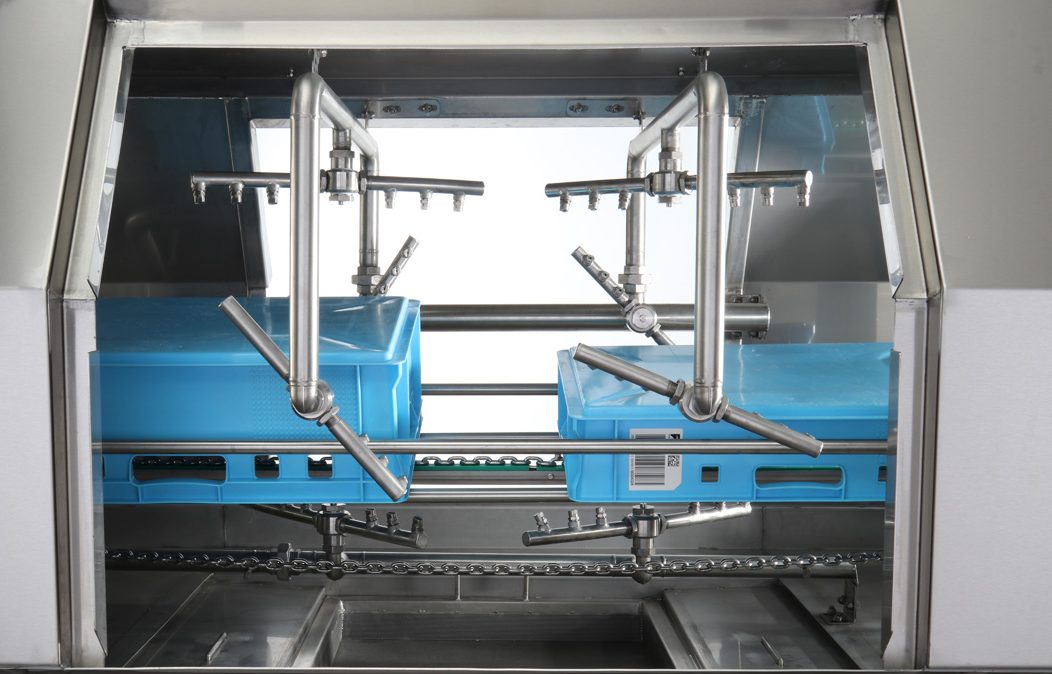Basics of hygienic design
8 April 2024Design supports hygiene. Machines that follow hygienic design minimize hygiene risks to food that can arise from contact with objects. Hygienic design is therefore applied consumer protection. What does that mean specifically? In principle, it’s about the interaction between hygienic materials, the design of the machines and the ability to clean the objects and their surroundings.
Hygienic design at a glance:
Inert materials: The items must not emit any substances that affect safety or quality.
Anti-toxic materials: The materials must not release any toxic substances.
Material properties: Surfaces and connections are smooth and free of depressions.
Construction: The machines should have no hidden corners, protruding parts or open ledges.
Connections: Seals and welds comply with hygiene regulations and recommendations. The number of connections must be minimized.
Cleaning the items : Machines, fittings, etc. can be easily cleaned and disinfected. This means that edges and corners must be rounded and critical parts must be easy to dismantle.
Drainage-promoting design: Liquids from food and cleaning products can drain easily. This also applies to horizontal surfaces in the spray area.
Tightness: The machines and systems are built in such a way that animals, organic substances and lubricants cannot penetrate.
Accessibility: The spaces behind and next to the machines are easy to clean.
Stainless steel and design
Stainless steel is the preferred material for hygienic design in food processing. The material is inert, very smooth and antibacterial. The PHT Group therefore always uses stainless steel for hygiene-sensitive machines and fittings, for example for container cleaning systems , washing machines or tilting devices. The rules of hygienic design, such as rounding corners and edges and making the machine or system easy to clean, are strictly adhered to during planning and construction.
Background: EU regulations
Regulation (EC) No. 852/2004 regulates the risk of contamination and the cleaning and disinfection of objects and their surroundings.
Regulation (EC) No. 1935/2004 requires that materials in contact with food be inert.
Background: Hygienic Design Guideline
Various guidelines evaluate and document the rules and aspects of hygienic design. The following guidelines provide recommendations.
• DIN (German Institute for Standardization)
• EHEDG (European Hygienic Equipment Design Group)
• FDA (Federal Drug Administration)
• GMP (Good Manufacturing Practice)
• ISO (International Organization for Standardization)
PHT Group: Specialists in hygienic design
As a hygiene specialist for the food industry, the PHT Group designs the systems according to the principles of hygienic design. We would be happy to advise you on questions regarding hygienic business design in the sense of a stringent HACCP concept .

Our experts will be happy to advise you on all aspects of hygienic design. Contact us.



